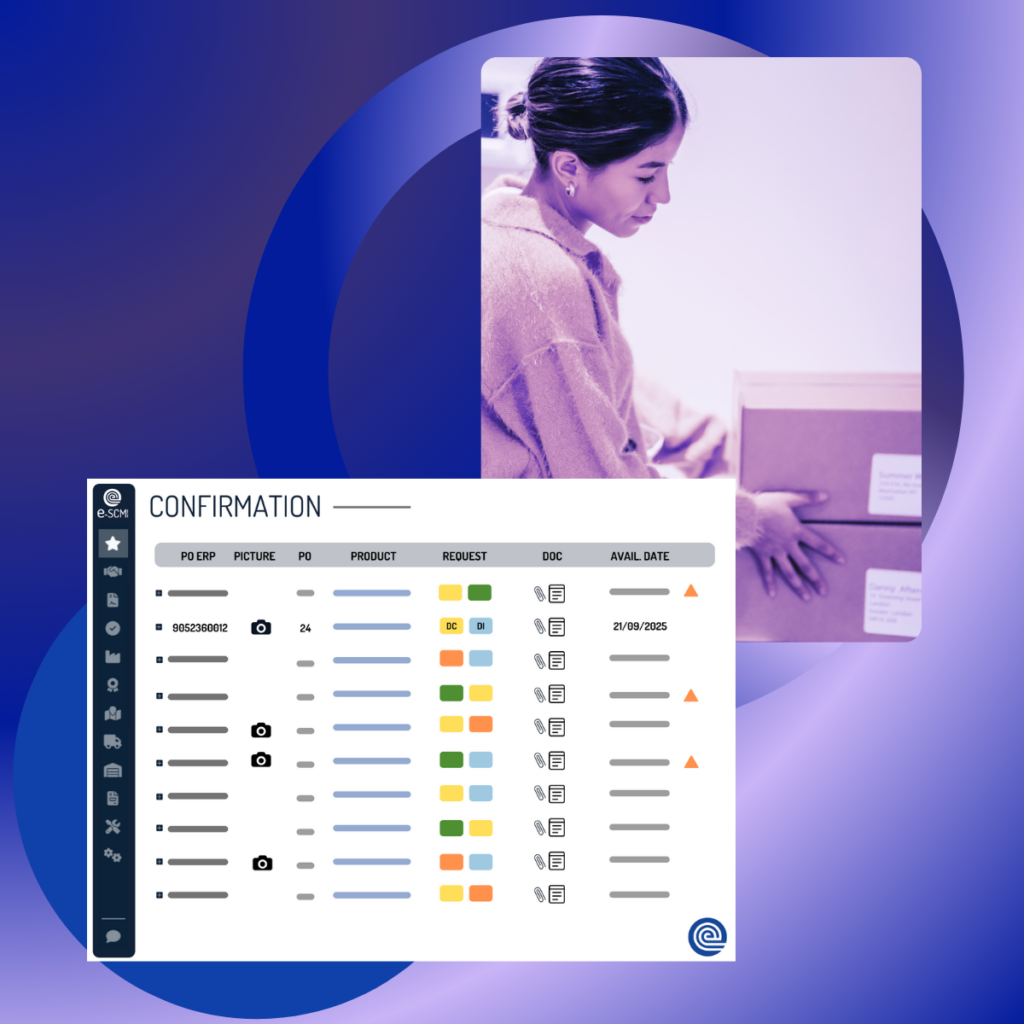In the textile industry, where production cycles follow one another to the rhythm of successive collections with strong specificities between the different product families, the coordination of all the players in the Supply Chain is very important.
Mastering Lead Time is an essential issue because it determines compliance with the commercial objectives of marketing new collections or restocking distribution channels.
This article is aimed at supply chain managers, suppliers as well as textile company managers, by proposing concrete levers to optimize lead time while preserving quality and costs.
In a sector where production cycles are short and demand constantly evolving, the management of orders for the upstream supply chain is a key performance lever. It directly impacts the availability of products, compliance with deadlines and cost control.
However, this process implies complex coordination between different actors: brands, suppliers, logistics providers and supply teams. Without a structured framework and suitable tools, companies can quickly face ineffective people who slow their activity.
Delay in confirmations, lack of rapid feedback from suppliers, unilateral modification of the terms of the contract.
Use of emails, Excel files and various applications, resulting in a lack of centralization.
Poor transmission of information between services, entry errors or changes not taken into account.
Absence of a consolidated history of exchanges and arbitrations.
Faced with these challenges, structuring and fluidifying orders is essential to secure flows and guarantee optimized production.
The order management modules for the E-SCM solution are a real optimization lever for companies wishing to improve their organization. Thanks to its advanced features, it makes it possible to secure exchanges, centralize information and increase productivity while strengthening collaboration with suppliers.
All centralized control information
The centralization of exchanges not only makes it possible to secure the lead time but especially eliminates the use of Excel files and extension emails by grouping all the information in a unique tool. This contributes to a management of fluid and reactive changes, thus saving precious time. Finally, the traceability of decisions and arbitrations is ensured to offer a complete history of interactions.
Secure information in all circumstances
The information is instantly shared on a secure platform (notably via a robust authentication system and an application regularly subject to penalty campaigns), ensuring increased transparency and responsiveness. The contractual exchanges with suppliers are protected, which limits the risk of errors or loss of information.
Real -time collaboration with suppliers
The use of E-SCM facilitates adjustments in consultation with suppliers. Among the available features:
Process automation
Change requests are automatically integrated into the platform, synchronized with internal systems and updated in real time. This reduces the risks of human errors linked to manual seizures and guarantees fluid communication between stakeholders. The use of APIs can be an additional asset.
Piloting by exception of order confirmation is a management method which only deals with anomalies or differences related to confirmation of orders.
With an exception management :
This operation is saving time because it allows you to focus on problems, there is also a reduction in errors and delays.
For each of the indicators opposite, a summary email is sent to the actors concerned, according to a frequency to be configured.
The E-SCM dashboard lists all the actions to be carried out to manage the problems identified.
The module makes it possible to enter purchase orders, whether it be finished products or raw materials, and to assign them to the appropriate suppliers. This feature offers great flexibility, especially for:
Orders of material/components and finished products are subject to suppliers to be confirmed. This step allows:
Depending on the expected delivery dates, E-SCM makes it possible to consolidate the purchase orders and manage changes with great flexibility. The features include the arbitration of production and rate periods, the management of tariffs and quantities and taking into account transport methods, shipping places and specific instructions.
A schedule is offered to ensure rigorous monitoring of the different types of orders. Users can thus access the details of the orders (quantities, deadlines, attached files), but also adjust production schedules in consultation with suppliers. In addition, this makes it possible to draw exchanges and arbitrations to guarantee an optimal taking into account of the requests. Finally, users confirm orders to start production monitoring.
The modules offer advanced personalization of the interfaces and data displayed. There are indeed advanced filters: each user can apply filters to display relevant information and only manage suppliers under their responsibility.
The E-SCM collaborative platform also offers personalization of the screens, the columns displayed that can be adjusted as needed to ensure maximum user comfort.
Finally, each brand can decide, in each language, the naming of all the labels of the application in order to adapt them to the terminology of the company.
